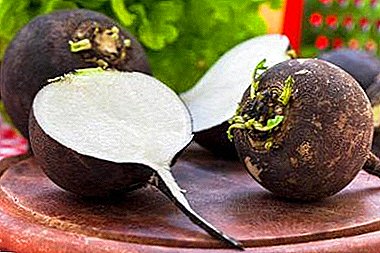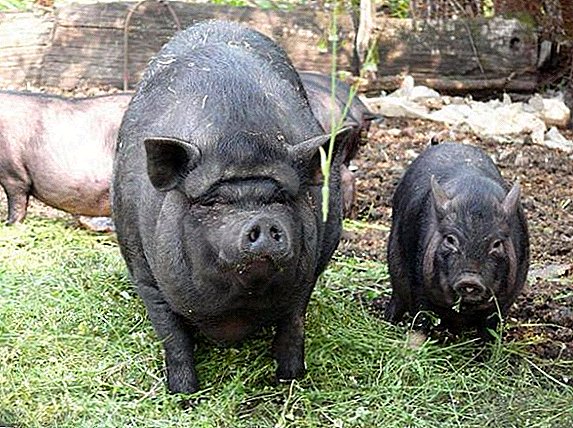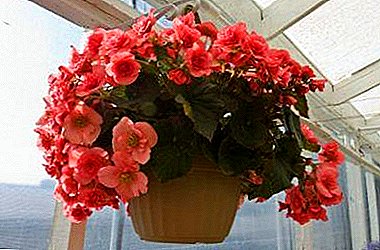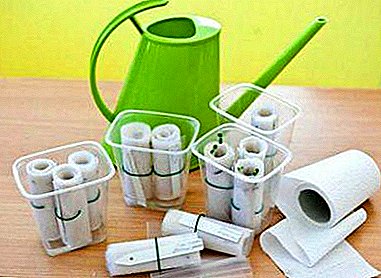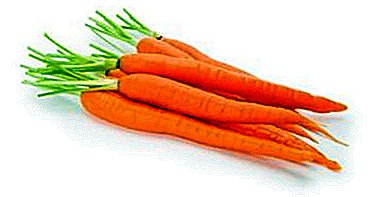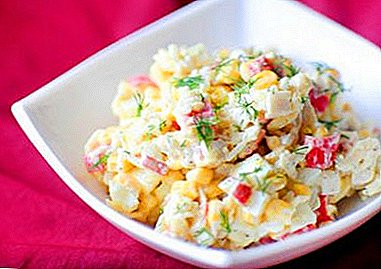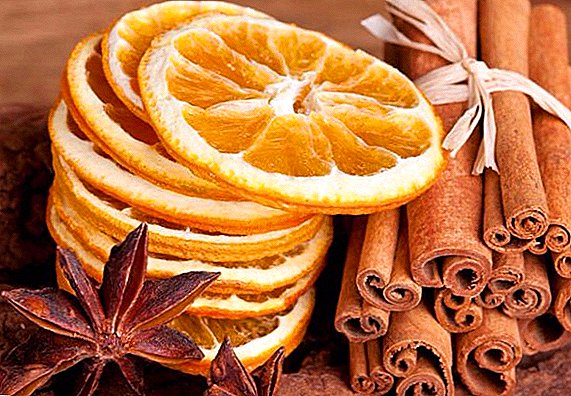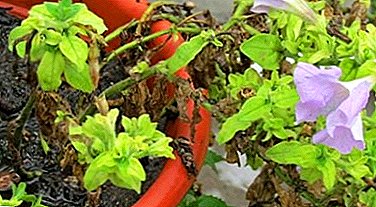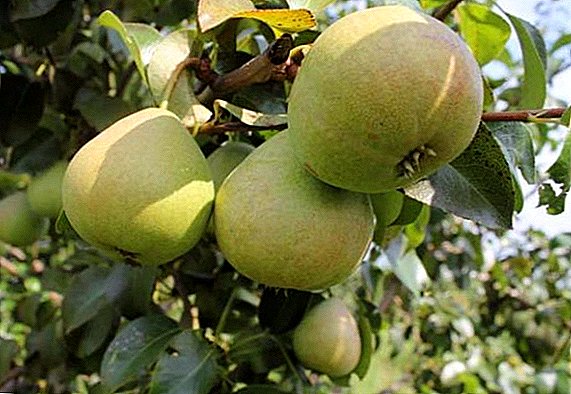 Recently, the work of breeders has been developing very fruitfully, as a result of which new pear varieties are emerging. By improving and improving specimens through synthesis with other varieties, plants acquire new features. One of the most successful varieties that have been bred recently, was the pear “Zaveya”.
Recently, the work of breeders has been developing very fruitfully, as a result of which new pear varieties are emerging. By improving and improving specimens through synthesis with other varieties, plants acquire new features. One of the most successful varieties that have been bred recently, was the pear “Zaveya”.
Inference history
The Institute of Fruit Growing in Belarus is considered one of the most powerful breeding departments in Eastern Europe. In recent years, they managed to bring more than 20 new varieties of pears, which perfectly complemented the collection of fruit crops of this country.
This includes the Zaveya variety, which has been developed for about 26 years.
Did you know? The closest relative of a pear is a rose, since both plants belong to the Rosaceae family.
The closest relative of Zavei is the Simply Maria variety, which belongs to the autumn pear, while the described variety is winter.
Breeders tried to create a variety that can withstand frost down to -30 ° C and have high taste qualities. That is how the Zaveya pear became.
Tree description
The tree of the Zaveya variety is medium-sized, and its maximum height reaches 4 m. The crown is pyramidal in shape and not very dense.  The tree is deciduous: small leaves can have a dark green, glossy color. During the flowering period, the pear comes to life, and the white flowers completely fill a thin crown.
The tree is deciduous: small leaves can have a dark green, glossy color. During the flowering period, the pear comes to life, and the white flowers completely fill a thin crown.
Check out such varieties of pears as "Dukhmyanaya", "Century", "Bryansk Beauty", "Rossoshanskaya dessert", "Tenderness", "Honey", "Hera", "Petrovskaya", "Krasulia", "In memory of Zhegalov", "Children", "Otradnenskaya", "August Rosa", "Krasnobakaya".
Fruit Description
It is important to note the features of the fruits of this plant. The fact is that in addition to the pleasant aroma and high taste, they have decent dimensions, on average - 180 g
The shape of pears is truncated-conical, and the predominant color is green. Quite often, depending on the climatic conditions of tree development, there is a blurry pink blush that covers the fruit.  The skin is dry and shiny, smooth and small in thickness. The distinguishing mark of the fetus is the presence of subcutaneous small greenish dots.
The skin is dry and shiny, smooth and small in thickness. The distinguishing mark of the fetus is the presence of subcutaneous small greenish dots.
Important! The flesh of the fruit is very juicy and sweet, oily, also has a greenish color.
Pollination
Most pears need pollination, and Zaveya is no exception. Since the pear is self-infertile (not able to pollinate itself), it is necessary to carry out its pollination by artificial means.
This requires planting different pollinators at the site, the flowering time of which should be the same. For example, you can plant a variety of "Favorite Yakovlev", "Favorite Klapp" or "Bessemyanka" nearby. This will significantly improve the already considerable harvest.
Fruiting
Fruiting variety "Zaveya" occurs in the first 3-4 years after planting in the garden. The yield of commodity fruits is an important indicator for pears, it is 93%, and the level of profitability reaches 92.5%.
Important! The main type of fruiting is lance, complex and simple ringworm.
Gestation period
Harvest in mid-autumn, when the pears become yellowish and poured juice. The tree is able to independently dump the excess ovary, as a result of which the fruits are very large and aligned.
Yield
The yield of this variety is quite high. In this case, it all depends on the climatic conditions of pear growth and on caring for it.
To maintain consistently high yields, it is necessary to produce mulching of near-wellbore soil, loosening and weeding. Pear "Zaveya" does not need a large watering of water and does not tolerate its excess.
On average, one tree in one season brings up to 50 kg of fruit, which is an order of magnitude surpassing existing popular varieties, such as "Just Maria", "Chizhovskaya", "Belorusskaya Late", "Leningradskaya", etc. 
Transportability and storage
It is important to note that the harvest should be immature, as the fruits of the tree ripen well in storage. The harvest is best kept in a cool, dark place where it will ripen, and its fruits will turn a golden color with juicy pulp.
Thus, the harvest of long-term preservation can lie for 6 months, without losing the taste.
Did you know? The biggest pear weighing 1.405 kg is listed in the Guinness Book of Records. It was discovered in South Wales in 1979.
The variety has a good transportability of fruits.
Resistance to environmental conditions and diseases
Variety "Zaveya" is highly resistant to climatic conditions and a variety of diseases. However, in the absence of proper care and prevention of diseases such as scab or moniliasis, the tree can become sick.  Scab harms many garden crops. Recognizing this ailment will not be difficult, since olive spots appear on the surface of the foliage with a velvety patina.
Scab harms many garden crops. Recognizing this ailment will not be difficult, since olive spots appear on the surface of the foliage with a velvety patina.
Soon they go to the fruit, which are covered with putrid stains. This plaque consists of a cluster of spores of the fungus parasite. The best prevention from scab is good air circulation and ventilation.
The crown of the tree needs thinning, and the near-stemming soil - in loosening. Padantsy should be cleaned regularly, fallen leaves should be burned. If the tree is heavily infected, it is necessary to treat it with Nitrafen paste.
Another disease is moniliosis. In this case, the fruit is completely rotting, as a result of which it is colored brown with white outgrowths.
Some of these fruits fall off, and the rest remain to rot right on the branches, which is a prerequisite for the development of this disease in the next year. 
Prevention includes: pruning of branches that have been mechanically damaged, regular fruit picking and the eradication of fruit that have become infected.
Important! A universal remedy for all diseases is spraying trees with a 1% Bordeaux mixture.
Winter hardiness
Pear "Zaveya" - one of the most winter-hardy varieties. The maximum temperature that this plant can withstand is 30 degrees of frost. Consequently, the tree does not need special precautions against cold.
However, in order for the tree to maintain a stable yield every year, it should be treated with lime milk in proportion: 1 kg of lime is needed for 10 liters of water.
Advantages and disadvantages
Based on the description of the variety “Zaveya”, it can be said with confidence that this pear is an excellent result of the fruitful work of the Belarusian Institute of Fruit Growing. 
pros
Among the advantages of this variety should be the most significant:
- high and stable yield;
- large fruit sizes;
- excellent taste and flavor;
- excellent winter hardiness;
- long shelf life (up to 6 months);
- lack of climate;
- resistance to disease.
Minuses
As such, there are no obvious disadvantages of the Zaveya pear, but there are still flaws:
- exposed to diseases of serious fungi-parasites;
- poorly tolerated clay soil;
- like all pears, does not tolerate excess water.
Thus, the Zaveya pear is an excellent modern variety, which was bred in 2016 and has already established itself as a reliable and high-quality product.  Until today, he has not gained great popularity, since not many gardeners accept innovations in breeding, while remaining loyal to the varieties that are average in quality and yield.
Until today, he has not gained great popularity, since not many gardeners accept innovations in breeding, while remaining loyal to the varieties that are average in quality and yield.
But "Zaveya" has already infiltrated the domestic markets and fully justifies consumer confidence.


